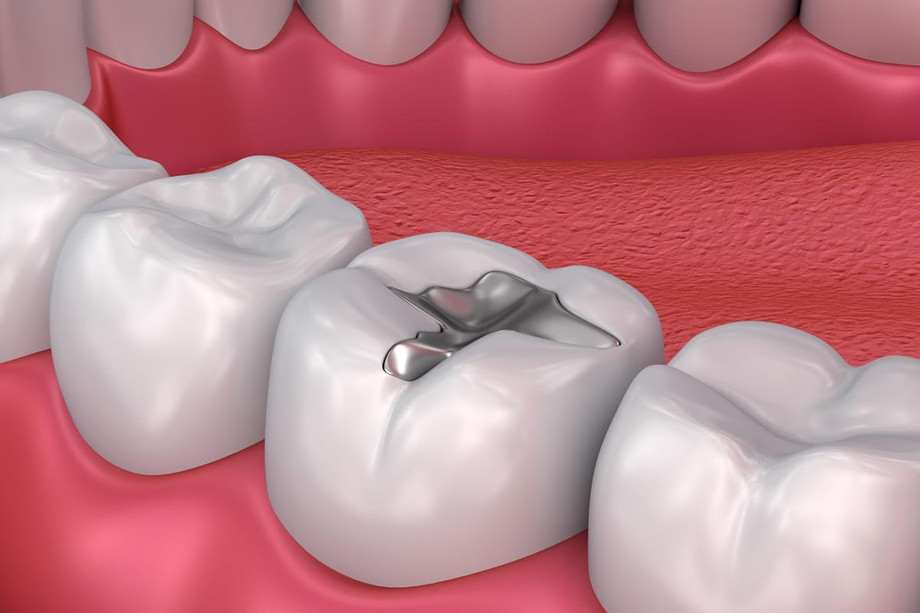A filling is a dental procedure that is utilized by professionals to restore damaged teeth. The main objective of the procedure is to eliminate the decayed part of the tooth in order to return to its normal function and shape. During the implementation of the procedure, your dentist first cleans the affected area and then fills the cavity with a proper filling material. Extensive tooth decay may require a dental emergency.
By closing off the gaps where the bacteria can enter and extend the infection part of the tooth in further areas, a filling also prevents the further complications of tooth decay. Your dentist may recommend the various materials for fillings including gold, silver, porcelain, and composite resin (tooth-colored fillings), and amalgam which is an alloy of copper, tin, zinc, and silver.
Types Of Dental Cavity Filling:
The type of filling can be determined by only your Houston Dentist as he/she can evaluate your current teeth condition and recommend you the best one. He/She may ask whether you are having an allergy to any particular materials so that he/she can determine that the chosen material is perfect for your dental problem. Recommendations of different types of materials may include:
- Gold fillings:
Gold fillings are also referred to as inlays that are created using an alloy of gold, copper, and other metals. This type of dental filling is usually durable and may last for twenty years or more. Gold dental fillings may require more than one dental visit as the procedure includes the impressions process to manufacture at a dental laboratory. However, it can be the most costly choice and may require multiple visits.
- Amalgam (silver) fillings:
The silver fillings are more noticeable than porcelain or composite restorations, usually not utilized in the exposed areas like front teeth.
- Composite resins:
Such types of tooth fillings are utilized when the patients desire the same tooth color appearance. The fillings are mixed and placed directly into the decayed part of the tooth. Composite resins may not be an ideal choice for large fillings as they may chip or crack over time. They can also get stained from coffee, tea, or tobacco and generally can remain from 3 to 10 years.
- Porcelain fillings:
Porcelain fillings are also known as inlays and are composed in a dental lab and then bonded to the tooth. These materials are used to match the color of the tooth and resist staining. Generally, a porcelain restoration covers most of the tooth parts. Their cost is equal to gold fillings.
If decay or fracture has destroyed a huge portion of the tooth, you may be recommended a crown, a cap. A cavity that has been extended and reached the nerve may be treated in two ways i.e via root canal therapy or pulp capping.
Dental Filling Procedure:
Once your dentist has decided to fill a cavity, he/she will first remove the destroyed part and clean the affected area. The affected part can be filled with any type of filling material. Your dentist can offer Temporary Dental Filling until and unless you get the permanent one.
Only your Dentist In Houston can diagnose whether you have a cavity and it requires filling materials or not. During the checkup, your dentist will use a tiny mirror to evaluate the tooth surfaces. Anything that does not look normal can be checked closely with the help of special instruments. Your dentist may also prescribe an X-ray to evaluate your entire mouth or section of it. The type of treatment is based on the size or the extent of damage by tooth decay.
Tooth Filling Cost:
The minimum cost of the tooth filling may range from $50 and $250 for one tooth to two teeth and the price for multiple fillings may range between $120 to $4500.
Article Source : https://emergencydentistinhouston.mystrikingly.com/blog/dental-fillings-which-type-is-the-best-one


